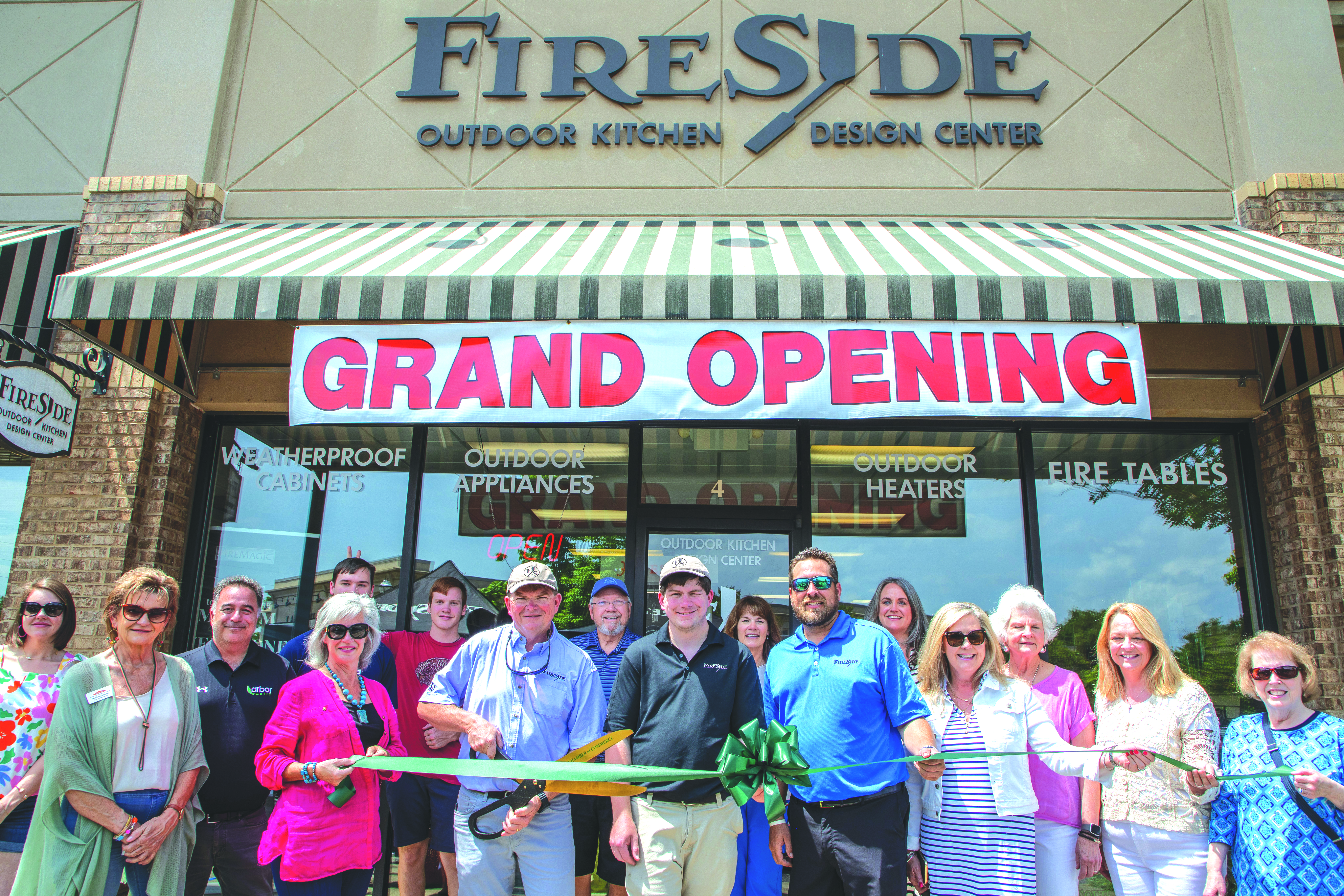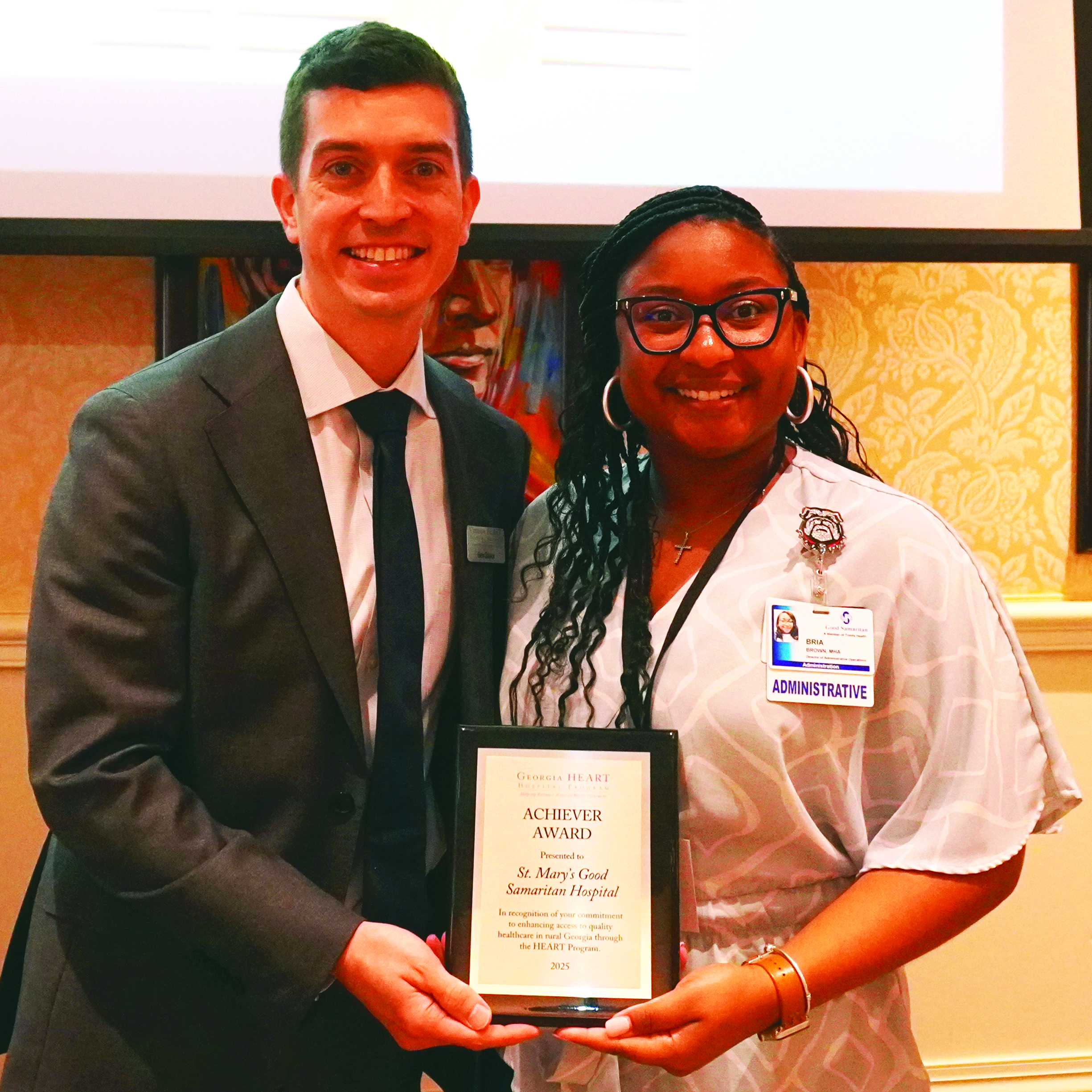Oh, for the love of those sweet, sweet onions
Published 8:00 am Wednesday, June 29, 2011
Onions have been difficult for food historians and archaeologists to trace because of the very nature of the tissue structure – they decompose rapidly leaving little trace of their existence. Although controversial, it has been suggested that they have origins in central Asia, Iran and Pakistan. The earliest cultivation seems to have been along the edges of the Mediterranean as long ago as 5,000 years.
The Egyptians left onions in their tombs about 3,500 years ago and, in fact, King Ramses IV who died in 1160 B.C. had small onions in the eye sockets. Other evidence of onion cultivation and use includes:
— Sumerian text (2500 B.C.) that reports the plowing of the city governor’s onion plot, Israelites Biblical book Numbers mentions three different varieties of alliums; leeks, onions and garlic,
— Roman writer Pliny the Elder wrote of onions grown in Pompeii where they were discovered during excavation, India text dated early 6th C. that describes onions used as medicine, and
— The numerous tombs discovered in pyramids that have paintings of onions on the inner walls.
The most widely cultivated species of the genus Allium , the onion is found in a large number of recipes and preparations spanning almost the totality of the world’s cultures. The whole plant is edible and is used as food in some form or the other. A member of the Lily Family, the onion is a relative of the grasses and has structures more like them than any other vegetable plant.
Lachrymator is the substance in onions that makes us cry and is the result of rearranging enzymes when the vegetable is cut. The lachrymator irritates the eyes by dissolving in their fluids and forming sulfuric acid. It does, however, decompose rapidly, but unfortunately for the cook, explodes during the intimate phase of their relationship: dicing, slicing and chopping.
The onion is both stem and leaf. The concentric shells of onion tissue are the swollen bases of the previous year’s leaves, and contain food reserves for the following year’s growth, when the plant will flower. If you peel the leaf bases away you are left with two stem buds, from which the second year’s growth arises. At the center of the onion, then, is the beginning of a new life.
Here is Georgia we are proud growers and exporters of the sweet, delicious Vidalia Onion. Over 60 years ago, in Toombs County, Georgia, a farmer named Moses Coleman discovered in the late spring of 1931 the onions he had planted were not hot as he expected, but quite sweet. Although at first it was a struggle to sell the onions, Moses persevered and during the Depression years, he and other Georgia farmers began producing them to great success. Although sweet onions are produced in other areas of this country, it is the combination of sandy soil and mild climate that provide the Vidalia onion with its distinct flavor. Vidalia onions also have a higher water and sugar content than other onions and therefore, a somewhat shorter shelf life. This year’s crop is reported to have an extremely high water content.
In the 1940s, the State of Georgia built a Farmer’s Market in Vidalia because of a thriving tourist business who traveled the highways that juncture Vidalia, Augusta, Savannah and Macon. Tourists it is said gave the famous onion it’s name as word began to spread about “those Vidalia onions.” The first know appearance in grocery stores was on the shelves of Piggly Wiggly and A&P stores in the 1950s and 60s. By the 1970s there were a total of 600 acres of Vidalia onion production.
In 1986, Georgia’s state legislature passed legislation giving the Vidalia Onion legal status. It also defined the 20-county production area and in 1990 named the Vidalia Onion the Official State Vegetable.
There are many culinary uses for the Vidalia onion. At Cindy Lutini’s we enjoy them on a juicy grilled burger, in salsas such as our Peach, Vidalia Onion and Cilantro Salsa on Grilled Salmon or as a garnish for our Cod Fish Tacos. They are delicious grilled, baked, or sauteed with a little Worcestershire sauce — a recipe shared by our friends Charlotte and Rusty Moses from Vidalia. Also from Vidalia, William Ledford arrived with a delivery for friends — 15 large boxes full of Vidalias and another 1,440 pounds for Linda Maples to donate to Second Harvest Food Bank. We hope to keep these friends in our good graces since it is our closest connection to that exceptional Georgia treasure!
— Cindy Shultz is the owner and chef at Cindy Lutini’s Pasta for Life. She holds a B.A. from the University of North Carolina at Chapel Hill and an M.A. from John Carroll University.




